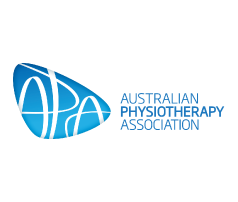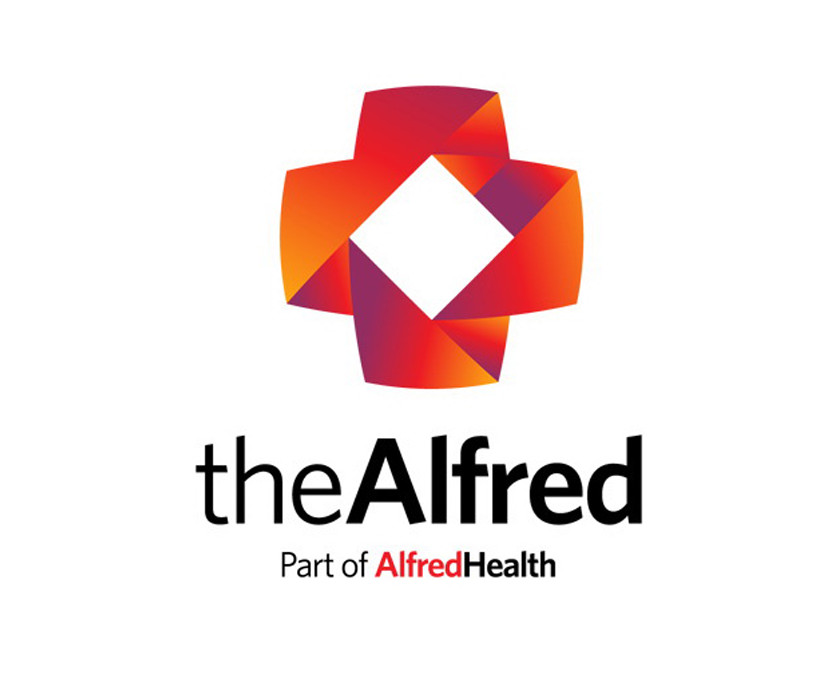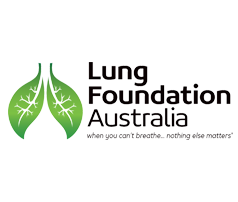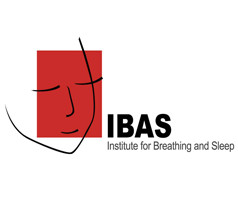Māori
Māori are the indigenous people of New Zealand and make up 15% of the population.
Māori experience worse health outcomes than non-Māori. These disparities persist even after accounting for socioeconomic status, education, and location, suggesting that culture is an independent determinant of health status and access to services (Marwick et al, 2000; Smedley et al, 2003). Many studies have demonstrated that Māori are treated differently than non-Māori due to cultural misunderstanding and unconscious bias (Tukuitonga & Bindman, 2002; McNaughton et al 2002; Sadler et al 2002; ,Carr et al, 2002; Ellison-Loschmann et al, 2002; Crengle, et al 2006; Arroll et al, 2002) .
The Treaty of Waitangi, signed in 1840 by Māori and the Crown, underpins the relationship between the Government and Māori. The Treaty embodies the principles of partnership, participation and protection. Protection means that Māori should have at least the same level of health as non- Māori, and that Māori cultural concepts, values and practices are safeguarded (Ministry of Health, 2014).
In order to enhance the delivery of health services to Māori and therefore help achieve positive health outcomes, it is imperative that health professionals:
acknowledge their role in contributing to health disparities of Māori
acknowledge their obligations to honour the principles of the Treaty as employees of the Crown
ensure that their practice is culturally safe, in the Māori context
Cultural safety is based on the “understanding of self as a cultural bearer; the historical, social and political influences on health; and the development of relationships that engender trust and respect” (Nursing Council of New Zealand, 2011, p. 5, Ramsden, 1992).
In order to practice cultural safety within a Māori context, health professionals should be familiar with Māori beliefs, values and practices.
Guidance on Māori beliefs, values and practices have been extracted from the Medical Council of New Zealand’s documents Statement on best practices when providing care to Māori patients and their whānau (Medical Council of New Zealand 2006) and Best health outcomes for Māori: Practice implications. (Medical Council of New Zealand 2008). It is recommended that health care professionals practising in New Zealand familiarise themselves with these documents.
Māori concepts
It is important to note that Māori are a diverse group; the following concepts and preferences are typical, however not all Māori feel the same way.
Māori cultural support workers (Kaiatawhai) are employed by most hospitals to support the spiritual and cultural needs of Māori patients and their whānau.
Māori hold holistic health views, which encompass the four cornerstones of health:
Te taha wairua (the spiritual dimension)
Te taha hinengaro (the mental dimension)
Te taha tinana (the physical dimension)
Te taha whānau (the family dimension)
Whānau
The whānau (family) is the basic unit of organisation of Māori society, with less attention on individualism. Whānau involvement in the care of the patient (unless the patient prefers otherwise) can be extremely beneficial, e.g. supporting the patient, providing additional background information, helping the patient to understand your instructions, and assisting the patient in carrying out your instructions.
Māori are accustomed to making genealogical connections with others. Rapport can be established if health professional share their background and allowing the Māori patient to do the same.
Concepts of tapu and noa
Tapu is a state of sacredness, noa is the complementary state (the absence of tapu). Most objects or situations that are tapu indicate a likely risk to health. The head is tapu, food is noa, therefore patients will object to pillows used for purposes other than resting the head on, towels used on the body should never be used for food, facecloths used for the face should not be used for other parts of the body. Tables (where food is placed) should not be sat on. Death is also tapu e.g.in the presence of a dead body (Tūpāpaku), food not be brought into the room.
Death and dying
Death and dying have deep cultural significance for Māori and whānau will gather together to perform the appropriate farewell customs. Māori believe that the wairua (spirit) of the person wanders to and from the body for three to five days after death. Following this, the wairua travels to the northern point of New Zealand then dives off to the Underworld to join their tupuna (ancestors). The Tūpāpaku therefore will be attended at all times. Kaitatawhai (Māori cultural support workers) are usually more than happy to provide cultural advice if needed.
Traditional medicine/Rongoa
Some Māori will ask for advice and treatment from a tohunga before, after, or instead of, seeing a doctor (Tipene-Leach, 1998). The tohunga is often an older relative who looks after the well-being of the whānau and have expertise in tapu and noa laws (Tipene-Leach, 1998). Some Māori believe that illness may be the result of a transgression or breaking of tapu therefore may develop symptoms consistent with illnesses called ‘mate Māori’ (Tipene-Leach, 1998) Some Māori may choose to treat their illness with rongoa, or Māori medicine produced from native New Zealand plants and/or herbs.
Māori communication
Māori tradition strongly prefers face to face communication.
Māori place significant emphasis on the spoken word. Learning how to pronounce Māori names correctly is a sign of great respect. If you are not sure about how to pronounce a Māori name it is best to ask the Māori patient before attempting it in front of them.
Direct eye contact can be viewed as a sign of disrespect therefore a Māori patient may seem disinterested, angry, and anxious or frightened. These may well be present, but may instead be a sign of respect.
Māori often attempt to avoid discord, and choose to be ‘polite’ rather than ‘honest’ by telling you what they think you want to hear, not what really is the case (Tipene-Leach, 1981) so it is imperative that you fully explain what you are doing and why. You need to be active about soliciting feedback from Māori patients e.g. through indirect questioning, via whānau members or by using Māori health workers when available.
Challenges of assessment and management
Health literacy has emerged as an important social determinant of health (Australian Primary Health Care Research Insititute, 2011). On average, New Zealanders have poor health literacy scores – 4 out of 5 Māori males and 3 out of 4 Māori females had poor health literacy scores in a study done in 2006 (Ministry of Health, 2010).
Previously viewed as the responsibility of the individual patient, health literacy has now emerged as a shared responsibility of the those providing and obtaining health information and services (Institute of Medicine, 2004).
Difficulties with engagement/communication.
Strategies for working in an Indigenous context
Practice cultural safety in a Māori context
- understanding of self as a cultural bearer
- understanding of the historical, social and political influences on health
- understanding of the development of relationships that engender trust and respect.
Use knowledge and skills regarding cultural awareness.
Use Kaiawhina (Māori cultural support workers) to assist with supporting and managing patients and providing cultural guidance.
Health literacy – take to time to ensure the patient and whānau sufficiently understand the health information you provide to enable them to make informed decisions about their health.








